Fossil findings in Morocco show that Homo sapiens may have walked the Earth 300,000 years ago already, significantly earlier than previously assumed. The findings also show that the development of our species was not limited to sub-Saharan Africa.
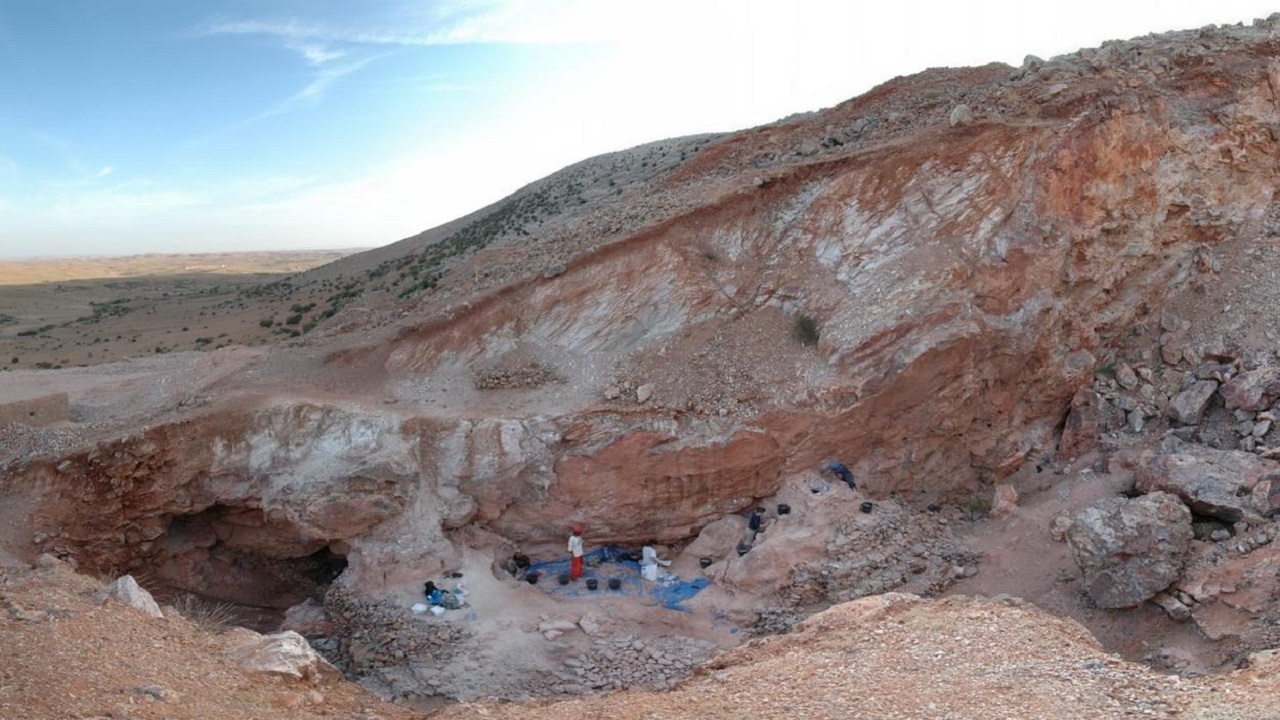
A great and surprising discovery has been made in the search for the human origin in the form of the oldest fossils so far of our own kind. The new fossil findings point out that our species Homo sapiens is significantly older than we have found evidence for before.
So far, it has been assumed that Homo sapiens occurred in sub-Saharan Africa about 200,000 years ago. The oldest known findings were, before this new discovery, was a number of fossils from Ethiopia with an age of 195,000 years.
Now, however, the whole story has to be rewritten, since the newfound Moroccan fossils have been dated to approximately 315,000 years. This probably means that our species first occurred even earlier.
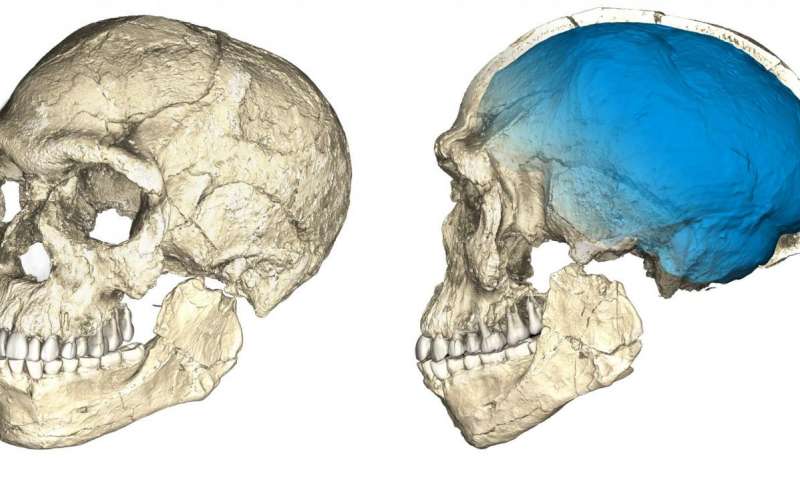
© Philipp Gunz, MPI EVA Leipzig (License: CC-BY-SA 2.0)
The fossils were found at a place called Jebel Irhoud in Morocco, close to Marrakesh, and consist of remains from at least five individuals, including parts of a skull and a lower jaw.
The analysis suggests that these individuals are closer to Homo sapiens than any other contemporary human species, such as the Neanderthals and Homo heidelbergensis. This is, therefore, the earliest finding of the specific homo genus that developed into Homo Sapiens.

© Mohammed Kamal, MPI EVA Leipzig (License: CC-BY-SA 2.0)
According to the team of researchers led by the paleoanthropologist Jean-Jacques Hublin at the Max Planck Institute in Leipzig, the face shape of the people of Jebel Irhoud is quite similar to our own and they wouldn’t stand out today. They have a small and gracile face, and globular braincase, typical for modern humans. The shape of the brain case, on the other hand, has some more archaic features. These features are what could be expected from the very earliest representatives of our own kind.
The findings could help researchers to seriously begin assessing the boundaries between different homo species, to define the emergence of Homo sapiens. These boundaries are certainly fuzzy around 300,000 years ago, with several species involved and with fully developed Homo sapiens possibly first emerging circa 70,000 years ago.
The age of the new findings are remarkable, but so is also the location of the findings. It has been assumed that humans fully evolved south of the Sahara. Now, North Africa must be included when talking about the evolution of our species.
According to the Max Planck researchers, the Jebel Irhoud fossils corroborate the interpretation of an enigmatic partial cranium from Florisbad, South Africa, as an early representative of Homo sapiens.
The earliest Homo sapiens fossils are found across the entire African continent: Jebel Irhoud, Morocco (300 thousand years), Florisbad, South Africa (260 thousand years), and Omo Kibish, Ethiopia (195 thousand years). This indicates a complex evolutionary history of our species, possibly involving the whole African continent.
Clearly, Homo sapiens developed gradually over a long period of time and our own kind did not suddenly arise 200,000 years ago.
Reference:
Jean-Jacques Hublin et al. New fossils from Jebel Irhoud, Morocco and the pan-African origin of Homo sapiens. Nature 7 may 2017: DOI: 10.1038/nature22336
Daniel Richter et al. The age of the hominin fossils from Jebel Irhoud, Morocco, and the origins of the Middle Stone Age. Nature 7 may 2017: DOI: 10.1038/nature22335

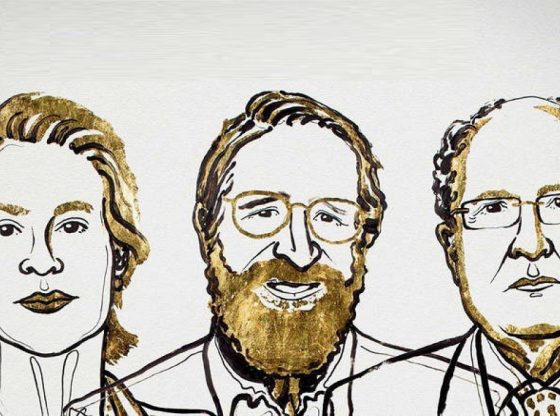

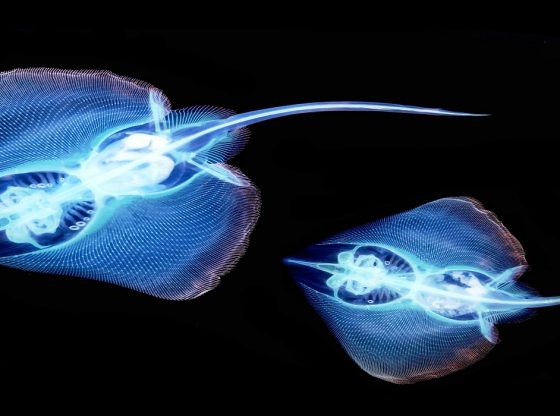

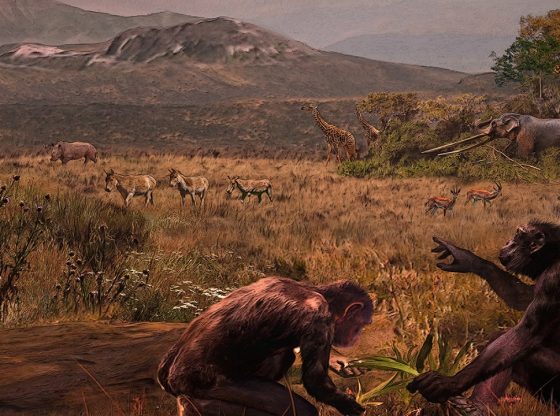

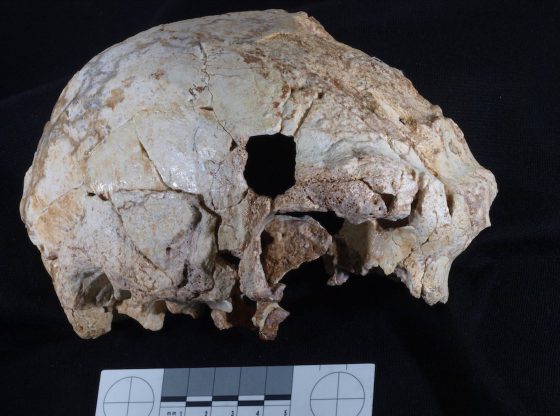
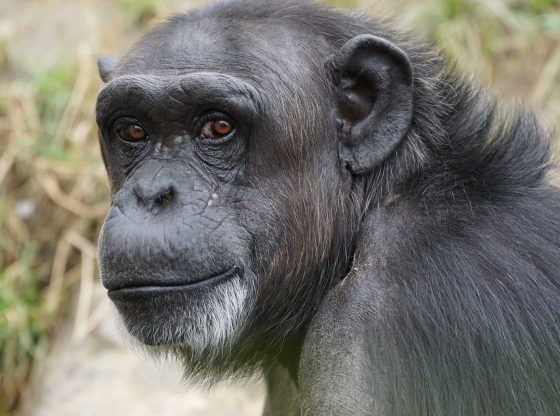


![OpenAI. (2025). ChatGPT [Large language model]. https://chatgpt.com](https://www.illustratedcuriosity.com/files/media/55136/b1b0b614-5b72-486c-901d-ff244549d67a-350x260.webp)
![OpenAI. (2025). ChatGPT [Large language model]. https://chatgpt.com](https://www.illustratedcuriosity.com/files/media/55124/79bc18fa-f616-4951-856f-cc724ad5d497-350x260.webp)
![OpenAI. (2025). ChatGPT [Large language model]. https://chatgpt.com](https://www.illustratedcuriosity.com/files/media/55099/2638a982-b4de-4913-8a1c-1479df352bf3-350x260.webp)








